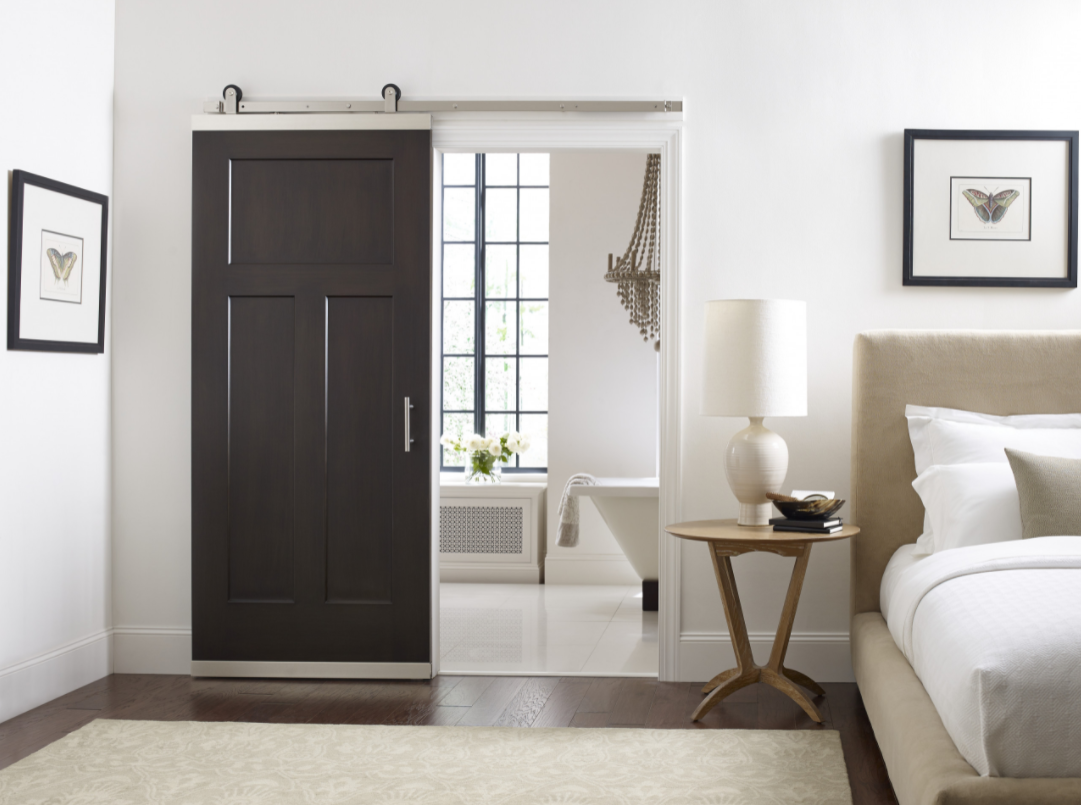
7 Common Mistakes to Avoid When Installing an Interior Door
Installing new interior doors is a relatively easy way to enhance the style of any room while also improving privacy, noise control, and ease of use. While the installation process may be more straightforward than many other home improvements, planning for the project before you get started is crucial. Being aware of some of the pitfalls that homeowners encounter when installing interior doors can help ensure that your new doors will provide long-lasting style and functionality.
At Arizona Door Store, we offer an extensive selection of interior and exterior doors, as well as moulding and door hardware, designed for both contractors and homeowners undertaking a DIY installation project. We’ve compiled the following list of seven common mistakes to avoid when installing an interior door:
- Not having the right tools on hand. While the specific tools you’ll need may vary based on the type of door being installed, here is a list of some of the tools you’ll likely need:
-
- Measuring tape, a putty knife, and a pry bar to help you get accurate measurements of the existing door
- A utility knife and reciprocating saw for removing the old door
- A level, wooden shims, a caulk gun and caulk for prepping the opening and setting the new door in place
- A hammer, screws, and nails for fastening the new door frame
- A screwdriver, spray foam, trim, and door hardware (such as the hinges and doorknob) to complete the installation
- Measuring incorrectly. Getting accurate measurements is crucial for ensuring proper fit and function for the new door. In addition to measuring the width, height, and thickness of the existing door, you’ll need to measure the rough opening, or the structurally framed opening in the wall where the door is placed.
- Trimming down the door too much. You may need to trim the door to ensure a good fit, but trimming too much could result in exposing the door’s core material. Be sure to trim the door in order to suit the frame and proceed cautiously, remembering that you can always trim more if needed.
- Not considering the door hardware. Consisting of the door’s hinges, locking mechanisms, and knobs or levers, the right hardware will tie together the door’s overall look and functionality. Be sure to choose hardware that will suit the style of your new interior door, as well as the style of the surrounding room. You’ll also want to consider how the door will be used—for example, bedroom or bathroom doors will require locks, while closet or office doors generally do not. Additionally, if your family includes elderly people or those with dexterity issues, it may be easier for them to use levers rather than knobs. Before you start your door installation project, take the time to carefully select the hardware and have it on hand and ready to be installed.
- Using the wrong screws. The door hinges serve the important role of ensuring that the door opens and closes properly, so choosing the right hinge screws is essential. If the screws are the wrong size, the hinges may be unable to support the weight of the door, which could lead to problems such as the door scraping the floor over time. Be sure to check with your door supplier to verify which size hinge screws you’ll need for the particular doors you are purchasing.
- Tightening the screws too tightly. Some DIY-ers make the mistake of assuming that tightening the hinge screws as much as possible will help the door close more securely and stay in place longer. In reality, however, the more you tighten the screws, the more tension you add to the material—which can lead to warping over time.
- Hanging the door upside down. While this step may seem like one of the easier parts of the process, hanging the door upside down is a surprisingly common mistake. To avoid it, pay careful attention to the placement of knobs and panels, and make sure that you know where everything is supposed to go before starting the installation process.
With a little advance research and planning, you should be ready for a successful DIY door installation process. If you have any questions or would like more information on our products, contact Arizona Door Store today! If you’d prefer to leave your door installation project to the professionals, check out our sister company, the Window & Door Store, which offers full-service design, modification, and installation capabilities for residential windows and doors.

